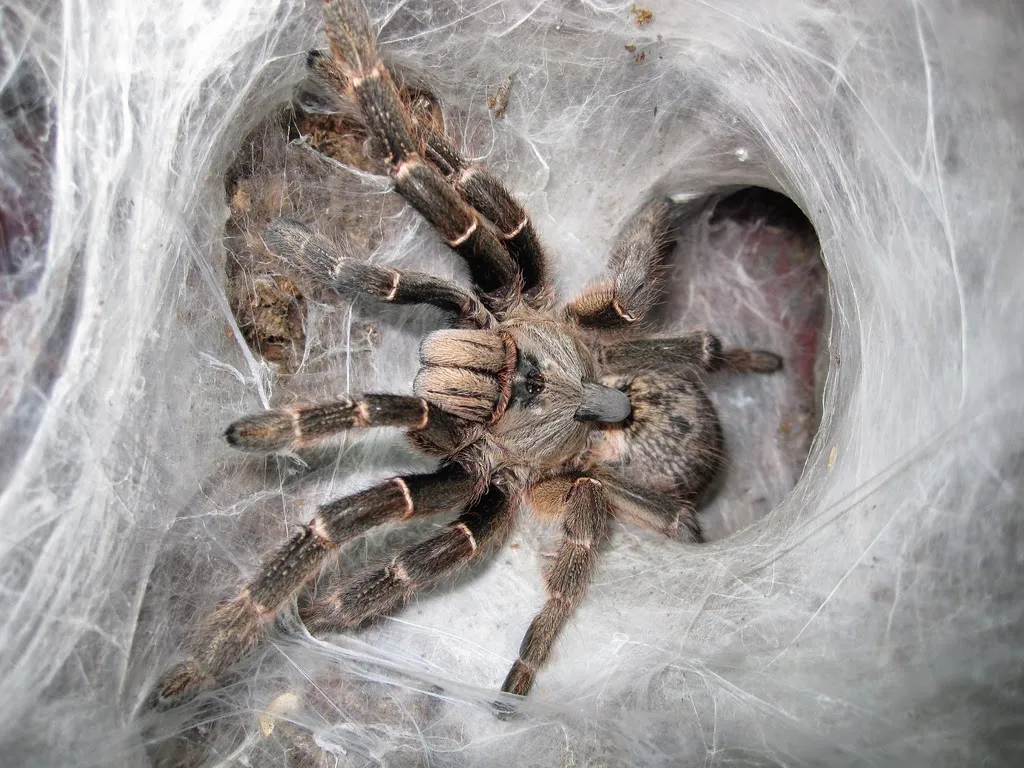Choosing Your Pet Tarantula
Bringing a pet tarantula into your home is an exciting venture. However, it’s essential to be well-informed before you take the plunge. These fascinating creatures require specific care, and understanding their needs is crucial for their well-being and your enjoyment. The journey begins with choosing the right tarantula, which includes researching different species, considering their temperament and size, and understanding the commitment involved. This initial step is vital for ensuring a successful and rewarding experience as a tarantula owner. Proper research helps you align your expectations with the reality of tarantula ownership, preventing potential issues down the road.
Research Different Tarantula Species
The world of tarantulas is incredibly diverse, with hundreds of species varying in size, color, temperament, and care requirements. Researching different species is the first step towards responsible pet ownership. Some popular beginner-friendly species include the Chilean rose hair tarantula, known for its docile nature, and the Mexican red knee tarantula, which is also relatively calm and has striking coloration. Other species, like the Gooty sapphire ornamental, are known for their beauty but may require more experienced handling due to their temperament. When researching, look into the specific needs of each species, including their preferred habitat, diet, and potential lifespan. Consider the size of the tarantula as adults, as this will dictate the size of the enclosure you’ll need. (Image: tarantula-species.webp)
Consider Temperament and Size
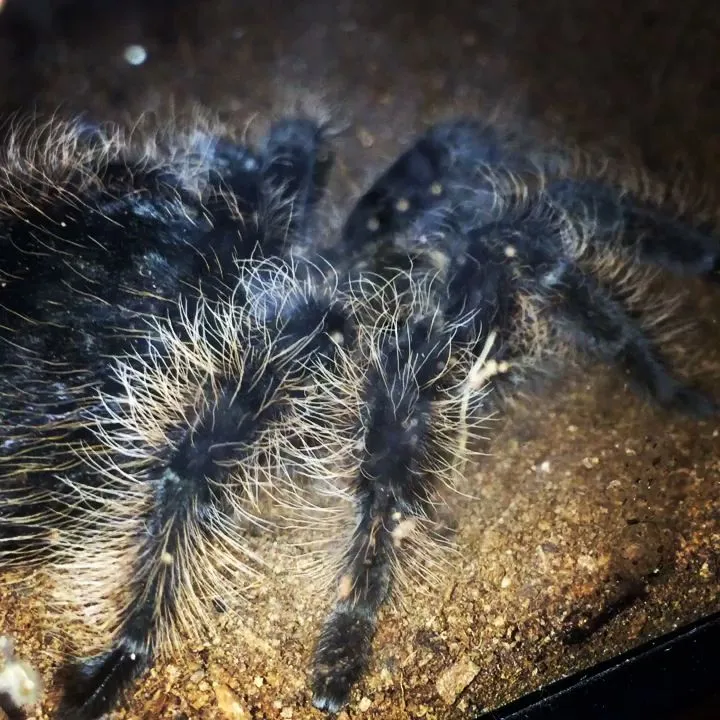
Temperament and size are two critical factors when selecting a pet tarantula. Temperament varies significantly between species, with some being more docile and easy to handle, while others are skittish or defensive. Beginner tarantula keepers should prioritize species known for their calm nature. Consider the tarantula’s potential size as an adult. Larger tarantulas require larger enclosures, more space, and potentially more food. Smaller species are often easier to care for in terms of space, but they can still have unique care requirements. Assess your experience level and comfort with handling tarantulas. If you’re new to tarantula ownership, start with a species that is known to be gentle. Factor in how the tarantula’s behavior aligns with your lifestyle and handling preferences. (Image: choosing-tarantula.webp)
Buying the Right Habitat
Creating the right habitat is paramount for the health and well-being of your pet tarantula. A suitable enclosure mimics the tarantula’s natural environment, providing a safe and comfortable space. Proper habitat design involves several crucial elements, from the size and type of the enclosure to the substrate and décor. The enclosure should be secure, escape-proof, and easy to clean. The goal is to create a thriving ecosystem where your tarantula can flourish. Remember that your tarantula’s habitat is not just a cage; it’s their entire world, where they eat, rest, and thrive.
Choosing an Appropriate Enclosure
The enclosure should be appropriately sized, considering the tarantula’s adult size. For terrestrial species, a terrarium that is wider than it is tall is generally preferable. Arboreal species, which are tree-dwelling, require taller enclosures. Ensure the enclosure has a secure lid to prevent escape. Ventilation is essential to prevent mold and maintain air quality. Consider the material of the enclosure; glass terrariums offer great visibility, while plastic enclosures are often lighter and more durable. Easy access for cleaning and maintenance is also key, so choose an enclosure that is easy to open and close. Ventilation holes should be small enough to prevent escape, while still allowing for proper airflow. (Image: tarantula-habitat.webp)
Substrate and Decor
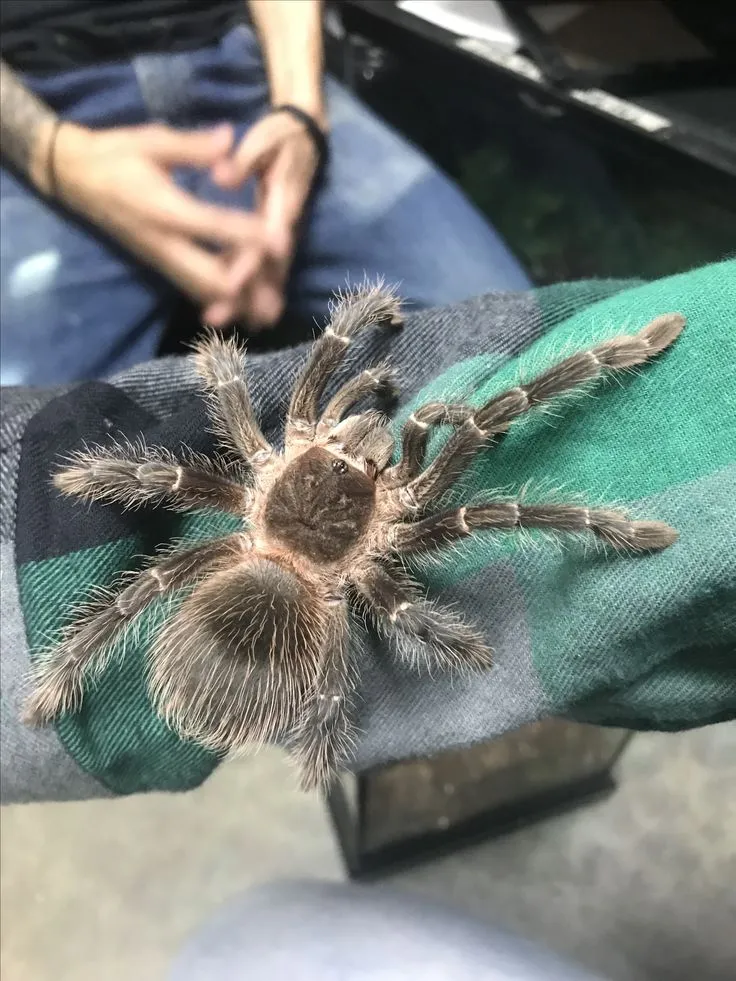
The substrate, or the material on the bottom of the enclosure, serves multiple purposes. It provides a surface for the tarantula to walk on, helps to maintain humidity levels, and can act as a burrowing medium for some species. Good substrate choices include coco fiber, peat moss, and vermiculite. Avoid substrates that can mold easily or are toxic to tarantulas. The décor adds visual interest and provides hiding places, which are essential for a tarantula’s sense of security. Include items like cork bark, artificial plants, and sturdy branches, depending on the species. These elements help to replicate the natural environment and encourage natural behaviors. Provide a shallow water dish, but be mindful of drowning hazards, and ensure it is always kept clean. Avoid sharp or abrasive decorations that could harm your tarantula.
Setting Up the Habitat
Setting up the habitat correctly involves arranging the substrate, décor, and other elements to create a comfortable environment. Start by placing a layer of the chosen substrate at the bottom of the enclosure, typically two to six inches deep, depending on the species and whether it’s terrestrial or arboreal. Arrange the décor to provide hiding places and climbing opportunities. Place the water dish in a stable location and ensure it’s always clean and filled with fresh water. For species that require specific humidity levels, use a hygrometer to monitor humidity, and mist the enclosure with water as needed. Ensure the enclosure is placed in a stable location, away from direct sunlight and drafts. Provide a temperature gradient if necessary, depending on the tarantula species. Regularly check the enclosure for any signs of distress, such as mold, excessive dryness, or unusual tarantula behavior. (Image: tarantula-cleaning.webp)
Feeding Your Tarantula
Feeding your pet tarantula is a crucial aspect of its care. Understanding the appropriate diet, feeding frequency, and portion sizes are essential for maintaining your tarantula’s health and vitality. The tarantula’s diet is a key component of its overall well-being. Ensure that you provide your tarantula with a balanced and nutritious diet. This ensures your tarantula receives the necessary nutrients to thrive. Proper feeding habits contribute significantly to the longevity and overall happiness of your pet.
Understanding Tarantula Diet
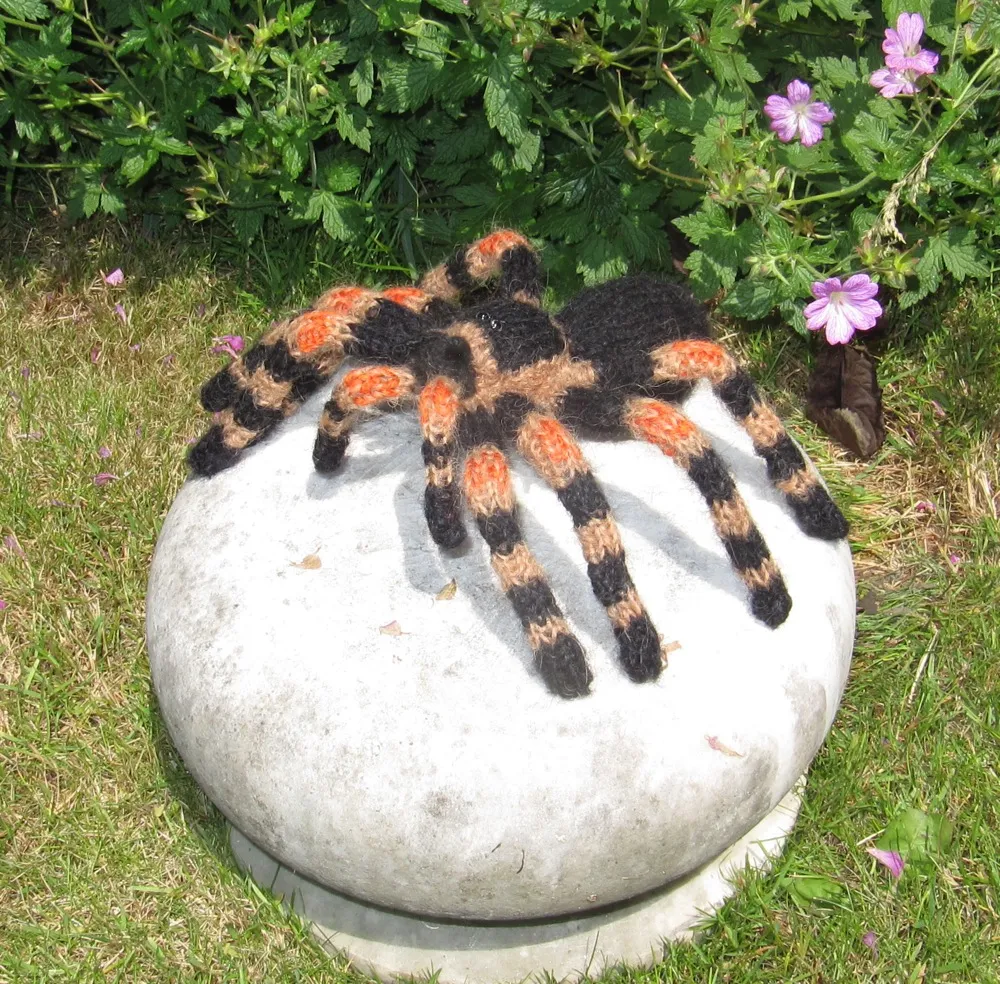
Tarantulas are primarily insectivores, meaning they eat insects. The diet typically consists of live insects, such as crickets, mealworms, roaches, and other commercially available feeders. The choice of insects depends on the tarantula’s size. It’s important to provide a variety to ensure adequate nutrient intake. Gut-loading the insects with nutritious food before feeding them to your tarantula can enhance the nutritional value of the meal. Some tarantulas may also accept small vertebrates, such as pinky mice, but these should be offered sparingly. Avoid feeding your tarantula insects that have been exposed to pesticides. Offer a fresh water source at all times, and ensure it is always clean. Research your tarantula’s specific dietary requirements to provide the best care. (Image: tarantula-feeding.webp)
Feeding Frequency and Portion Sizes
The feeding frequency and portion sizes depend on the tarantula’s age, species, and metabolism. Spiderlings and juvenile tarantulas usually need to be fed more often, perhaps once or twice a week. Adult tarantulas may only need to be fed once every one or two weeks. Overfeeding can lead to health problems, such as obesity, while underfeeding can stunt growth. Observe your tarantula’s abdomen to assess its feeding status. A well-fed tarantula will have a plump abdomen. Remove any uneaten insects after a reasonable amount of time, typically 24 hours, to prevent stressing the tarantula. Adjust the feeding schedule based on the tarantula’s molt cycle, as they typically don’t eat before molting.
Handling Your Tarantula
Handling a tarantula should be approached with caution, as their behavior and temperament vary from species to species. While some species are docile and can be handled with relative ease, others are more skittish and may bite or flick urticating hairs as a defense mechanism. Handling is not a necessity for their well-being, and in many cases, it can be a stressful experience for the tarantula. If you choose to handle your tarantula, do so with careful consideration and preparedness, and always prioritize its safety and comfort. Understanding when to handle, and knowing the safe handling techniques will minimize potential risks.
Knowing When to Handle
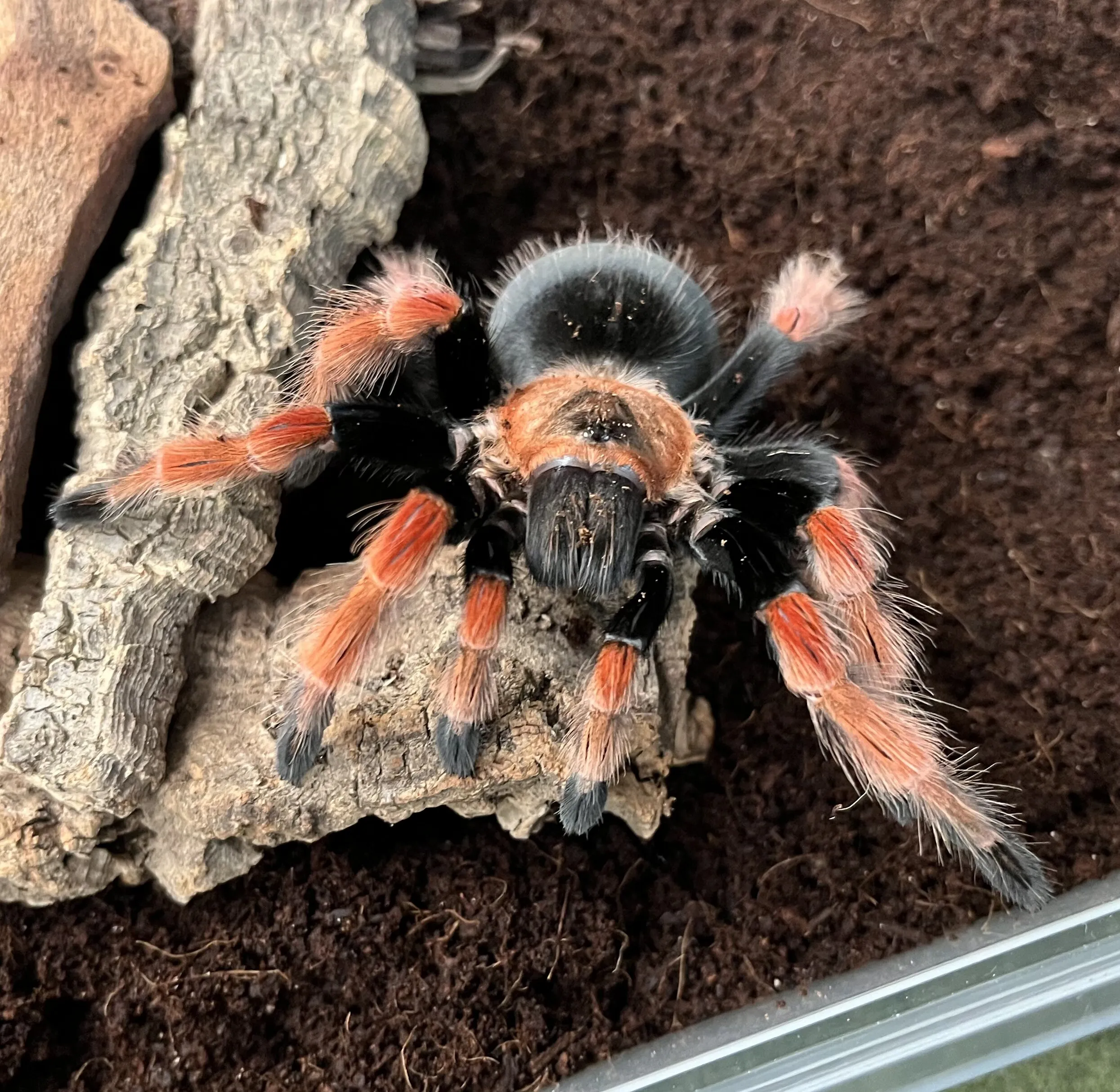
Not all tarantulas enjoy being handled, and some species should not be handled at all, especially if you are a beginner. Assess your tarantula’s temperament before attempting to handle it. If your tarantula displays defensive behaviors, such as raising its front legs, flicking hairs, or assuming a threat pose, it’s best not to handle it. Avoid handling your tarantula immediately after it has eaten or when it is about to molt, as it will be more vulnerable during these times. Always handle your tarantula in a safe environment, such as close to the ground or over a soft surface, in case it falls. Wash your hands before and after handling to prevent contamination and to remove any scents that might agitate the tarantula. If you are unsure about handling, it is best to err on the side of caution and avoid handling.
Safe Handling Techniques
If you decide to handle your tarantula, do so with a calm and gentle approach. Use a slow, deliberate movement to avoid startling the tarantula. Never grab or squeeze the tarantula, as this can cause injury. Encourage it to walk onto your hand rather than picking it up. Always support the tarantula’s body, allowing it to walk along your palm or arm. Handle the tarantula over a soft surface, in case it falls. Keep a close watch on the tarantula’s behavior throughout the handling process. If it shows any signs of stress or defensiveness, gently return it to its enclosure. Always be aware of the tarantula’s position, and be careful not to put it in a position where it could fall or injure itself. Never handle a tarantula if you are nervous or stressed, as this can transfer to the tarantula and increase the risk of a bite or defensive behavior. (Image: handling-tarantula.webp)
Health and Maintenance
Maintaining the health of your pet tarantula involves regular monitoring and providing the appropriate care. This includes recognizing signs of illness, ensuring the enclosure is clean, and providing a suitable environment. A healthy tarantula is an active tarantula. It is crucial to be proactive in observing your tarantula and its habitat, as a preventative measure. A healthy tarantula is a happy tarantula. Being a responsible owner can help you provide a better life for your pet.
Recognizing Signs of Illness
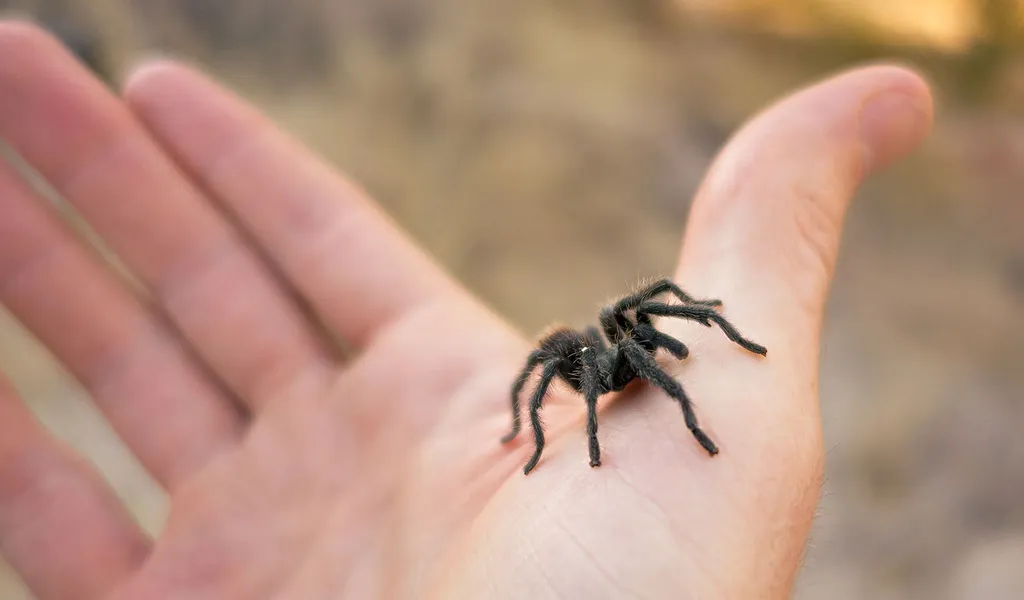
Knowing how to recognize signs of illness is crucial for the health of your tarantula. Watch out for changes in behavior, such as lethargy, loss of appetite, or unusual activity. Check for physical symptoms, such as a swollen abdomen, discoloration, or any signs of injury. Difficulty molting, or a failed molt, is a significant concern and may require intervention. Parasites or mites can also be a sign of illness. If you notice any of these signs, consult with a veterinarian who specializes in exotic pets. Early detection and treatment can significantly improve the chances of a full recovery. Regularly observe your tarantula to monitor its well-being and to ensure any issues are addressed promptly. A healthy tarantula exhibits a robust appetite, active behavior, and a clean, vibrant appearance.
Regular Habitat Cleaning
Regular cleaning of the tarantula’s enclosure is essential for maintaining a healthy environment. Remove any uneaten food, molted exoskeletons, and waste regularly. Spot clean the substrate to remove any visible contaminants. Replace the substrate entirely every few months, or as needed, to prevent the buildup of bacteria and mold. Clean the water dish frequently and ensure that fresh water is always available. Regularly inspect the enclosure for any signs of mold or fungal growth, and address these issues immediately. Thorough cleaning and maintenance can prevent health problems and ensure the well-being of your pet. Proper hygiene practices create a safe and healthy environment.
Finding a Reputable Seller
Choosing a reputable seller is a critical step in acquiring a healthy pet tarantula. A reliable seller will provide healthy tarantulas and valuable information. They can assist you in making informed decisions. You can ensure you’re getting a healthy tarantula by researching sellers. This will assist you in providing the necessary care. The seller is one of the most important parts in finding a healthy pet tarantula.
Checking Seller Credentials

Verify the seller’s credentials before making a purchase. Check for licenses and certifications required by your local laws and regulations. Research the seller’s reputation online through reviews and testimonials from other customers. A reputable seller will be knowledgeable about the tarantulas they offer and able to provide care instructions. Visit the seller’s facilities, if possible, to assess the condition of the tarantulas and their enclosures. Ask questions about the tarantula’s origin, age, and health history. A good seller will readily provide this information. If you are buying online, make sure the seller offers a guarantee that the tarantula will arrive alive and healthy. Avoid sellers who are evasive or unwilling to answer your questions. (Image: tarantula-seller.webp)
Reviewing Customer Feedback
Customer feedback is a valuable resource when choosing a seller. Look for reviews on various platforms, such as Google, Facebook, and specialized pet forums. Pay attention to comments about the seller’s customer service, the health of the tarantulas, and the accuracy of the information provided. Be wary of sellers with consistently negative reviews or numerous complaints about the quality of their animals. Look for patterns in the reviews. Positive feedback typically highlights the seller’s knowledge, responsiveness, and the health of the tarantulas. Contact other tarantula keepers for recommendations and advice. A reputable seller will have a track record of providing healthy tarantulas and excellent customer service. Reviewing customer feedback can help you make an informed decision and choose the right seller for your needs. (Image: tarantula-seller.webp)
